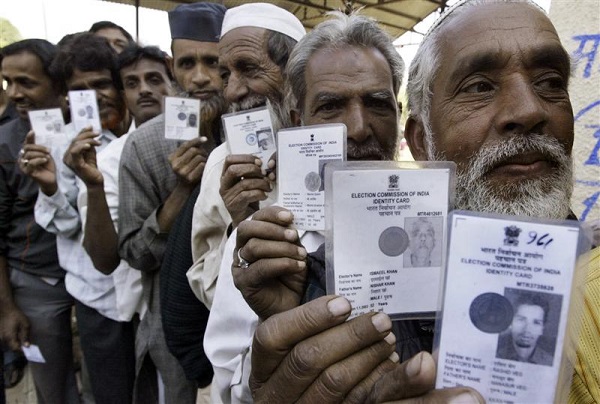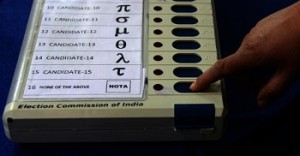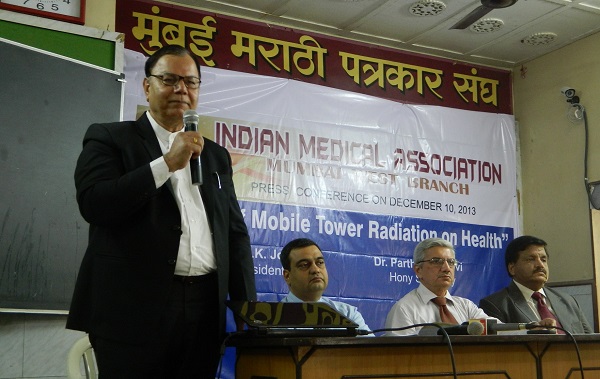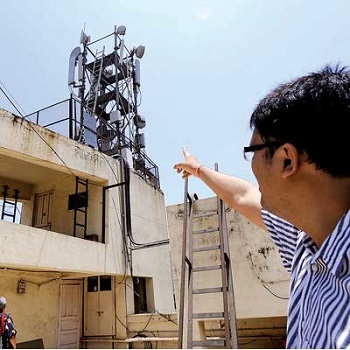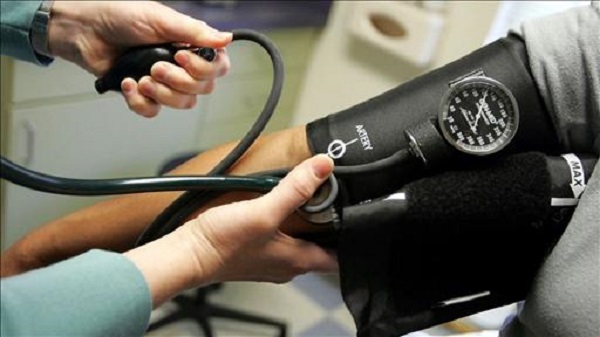You can get your blood work done and X-rays taken in the comfort of your home. We tap the trend.
by The Editors | editor@themetrognome.in
Mulund resident Sushila Paranjape (56) suffers from diabetes, and for the last two years, a recurring back problem that makes sitting impossible. “I need physiotherapy twice a week, and a blood test once a month. However, the local pathology laboratory is always crowded, and last year, I stopped going for blood tests because the lab could never do my blood work immediately and I had to wait for a long time.”
Her physiotherapist suggested that she call blood technicians home. “I was initially hesitant because I thought that it would cost me more to get the technicians home, but I found that the laboratory also did home blood testing at a very nominal home visit cost. They were very quick and the results came back within a few hours. Now I don’t go to the laboratory myself unless I am assured of immediate attention.”
Like Sushila, there are several others who are increasingly getting their testing done at home. “It’s faster and I am more relaxed because it happens in the comfort of my home,” says Santacruz resident Ruchit Hattangady (36), who gets a check-up done every six months. “Not just blood tests, the local hospital near my house also offers urine testing, lipid profile and other tests. I call them as per my convenience and I get the results the next day,” he says.
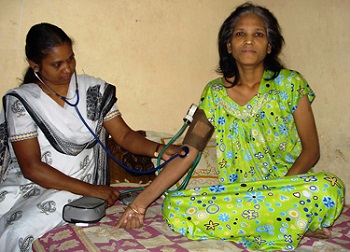 The trend is catching on
The trend is catching on
Several diagnostic facilities and hospitals are now offering ‘testing packages’, where patients can choose which tests they want to undergo and pay as per the particular package they select. “For instance, we offer a package where we do a variety of tests through just one blood sample, right from Vitamin D levels to bilirubin, and from blood sugar to blood cholesterol levels,” says a technician attached to a private hospital in Powai. “There are some 20 tests in the most basic package, and most people opt for it. However, there are others who want more tests, such as bone and muscle strength tests, for which we offer separate packages.”
A single such package may contain a minimum of 10 tests and may be priced Rs 1,500 and above. Says Dr Shashank Ahuja, a cardiologist, “We find that many patients are hesitant about undergoing a battery of tests at private hospitals, where every test comes with prohibitive costs. They are happy going to a diagnostic lab they trust and get a range of tests done at a lesser cost. Also, labs are presenting the results in a detailed manner, so with a bit of research, even the patient understands the state of his or her health.”
Even X-rays can be taken at home
In Mumbai, there are at least three private clinics offering the option of getting an X-ray taken at home. “People are always short of time, and X-ray machines are more portable and light-weight than they used to be, so carrying them to the patient’s home is not an issue,” says a technician. “Of course, the price of this facility is higher than the money one would spend in getting it done at a hospital. But people are willing to pay.”
Three years ago, a company in Thane started manufacturing kits for malaria testing for as low as Rs 30. “A person could purchase the kit from a chemist but the blood would have to be drawn by a technician. Doctors also feel that the test is a fairly accurate one and since it is so cheap, even the poor will not hesitate to get themselves tested,” said the manufacturer of the kit.
A diagnostic facility in Mumbai said that recently, a family requested for cardiac testing on a 74-year-old man to be done at home. “Since this requires a stress test and a treadmill test, we tied up with a local gym to conduct part of the test there. We are now looking at offering cardiac testing at home, though the costs will be higher,” says a spokesperson for the facility.
Names of diagnostic facilities and hospitals have been withheld.
(Pictures courtesy www.nyu.edu, online.wsj.com. Images have been used for representational purpose only)

